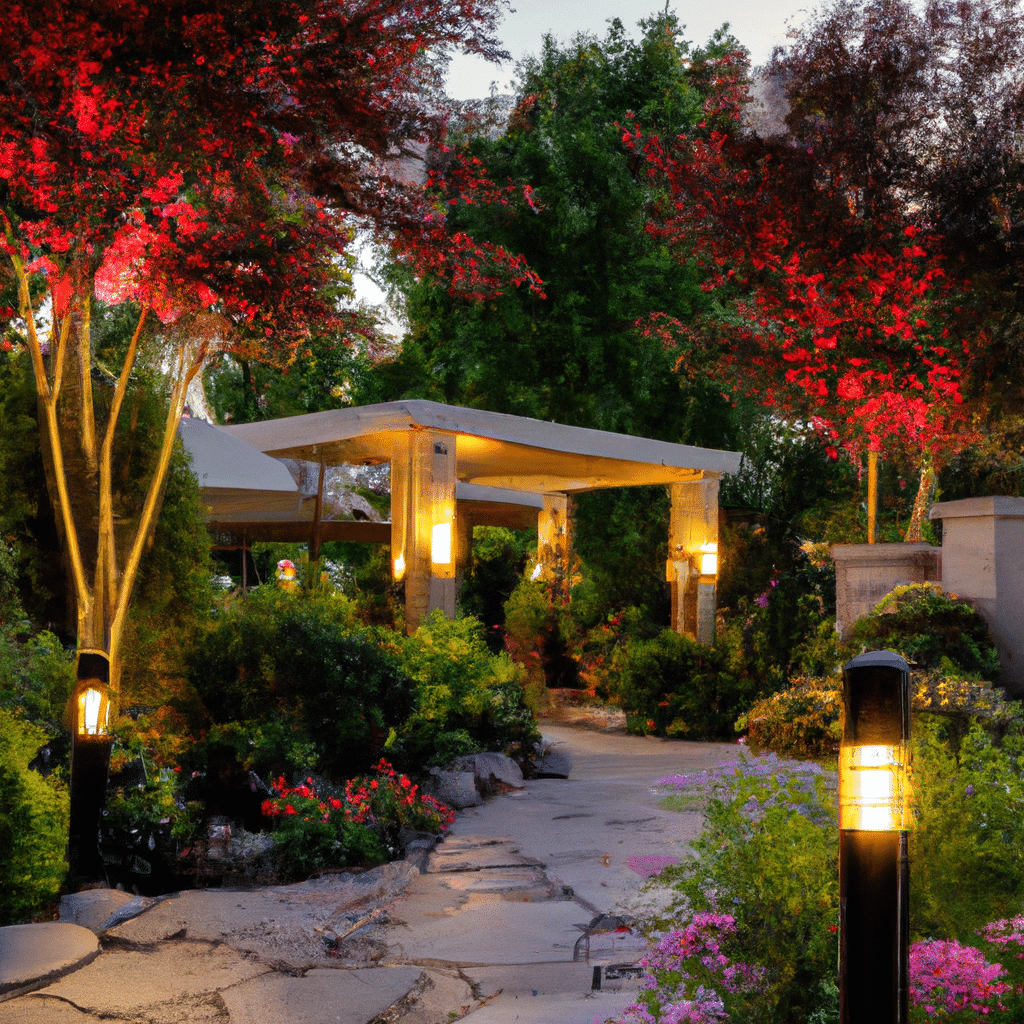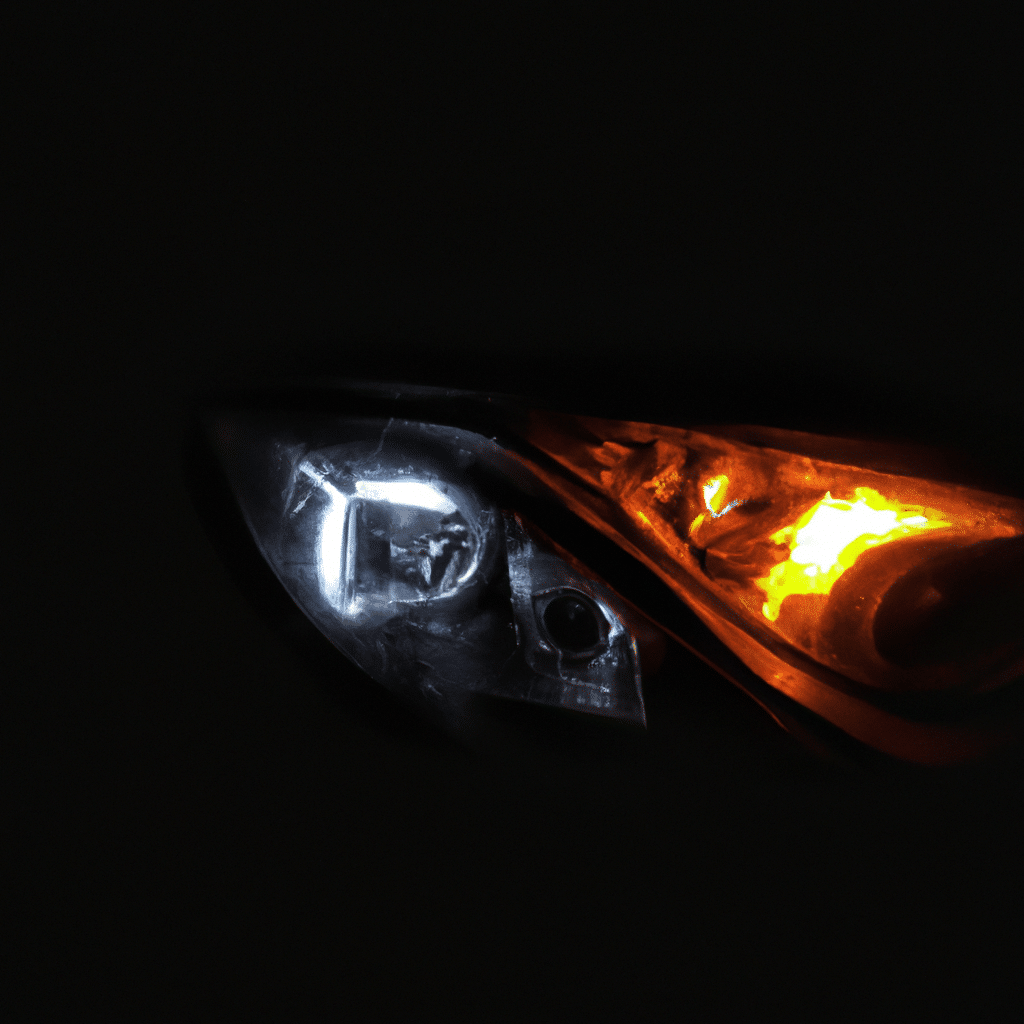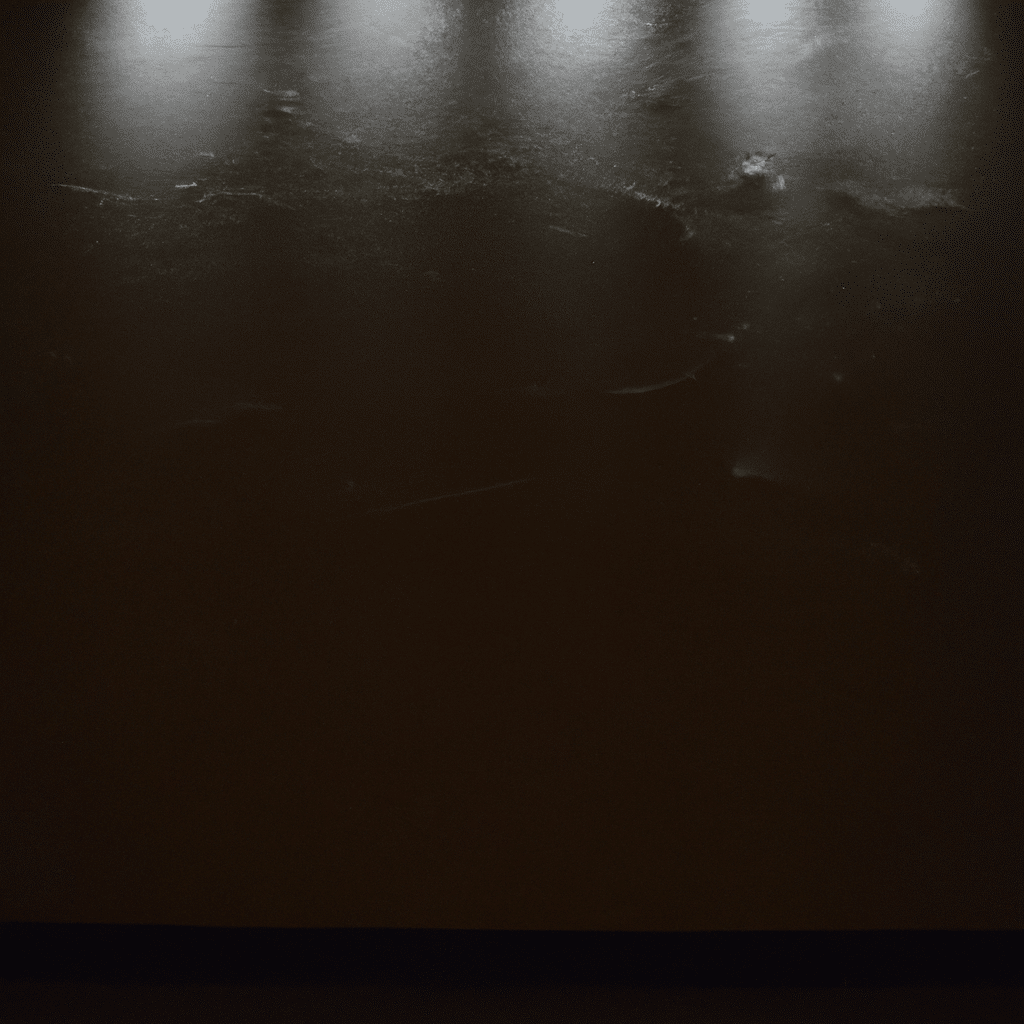Welcome to our comprehensive guide on how to optimize the performance of LED high bay shop lighting by maintaining optimal indoor humidity levels. In this article, we will delve into the importance of humidity for LED lighting, the impact of humidity on performance, and the steps you can take to ensure you unlock the full potential of your LED high bay shop lights. Whether you are a business owner, facility manager, or lighting enthusiast, understanding the relationship between humidity and LED lighting is crucial for maximizing efficiency, lifespan, and overall performance.
The Significance of Humidity for LED Lighting
Humidity, defined as the amount of moisture present in the air, plays a vital role in the performance of LED high bay shop lighting. While LED lights are known for their energy efficiency and durability, they can be affected by changes in environmental conditions, including humidity levels. Maintaining optimal humidity is essential to ensure the longevity and efficiency of your LED lighting system.
The Impact of High Humidity on LED Lighting
High humidity levels can have detrimental effects on LED lighting. Excessive moisture in the air can lead to the formation of condensation on the light fixtures, which can cause corrosion, electrical shorts, and even complete failure of the LED lights. Additionally, high humidity can accelerate the degradation of electronic components and reduce the lifespan of the lights. To avoid these issues, it is crucial to control and maintain optimal indoor humidity levels in your shop or facility.
The Impact of Low Humidity on LED Lighting
On the other hand, low humidity levels can also pose challenges for LED high bay shop lighting. Dry air can lead to static electricity buildup, which can damage sensitive electronic components within the LED lights. Moreover, low humidity can cause increased dust accumulation on the light fixtures, reducing their performance and overall brightness. Therefore, striking a balance and maintaining optimal humidity levels is essential for achieving the best results from your LED lighting system.
Understanding Optimal Indoor Humidity Levels
To unlock the full potential of your LED high bay shop lighting, it is crucial to maintain optimal indoor humidity levels. The ideal humidity range for LED lighting typically falls between 40% and 60%. Within this range, the risk of condensation and static electricity buildup is minimized, ensuring the safe and efficient operation of the LED lights.
Humidity Control Measures
To achieve and maintain optimal indoor humidity levels, consider implementing the following humidity control measures:
1. Dehumidifiers
Investing in high-quality dehumidifiers can help regulate and reduce excessive moisture in the air. Dehumidifiers extract moisture from the environment, ensuring a controlled humidity level within your shop or facility. By using dehumidifiers, you can protect your LED high bay shop lighting from the adverse effects of high humidity.
2. Humidifiers
In environments with low humidity, humidifiers can be employed to add moisture to the air. By increasing humidity levels, you can prevent static electricity buildup and reduce the accumulation of dust on the LED light fixtures. Humidifiers are especially beneficial during dry seasons or in regions with naturally low humidity levels.
3. Proper Ventilation
Adequate ventilation plays a crucial role in maintaining optimal indoor humidity levels. Ensure that your shop or facility is equipped with proper ventilation systems that allow for the exchange of fresh air, preventing excessive humidity buildup. Proper airflow can help regulate humidity levels and promote the longevity of your LED high bay shop lighting.
Additional Tips for Optimizing LED High Bay Shop Lighting Performance
In addition to maintaining optimal indoor humidity levels, there are several other measures you can take to optimize the performance of your LED high bay shop lighting. Consider implementing the following tips:
1. Regular Cleaning and Maintenance
Regularly clean and maintain your LED high bay shop lighting fixtures to ensure optimal performance. Dust and debris can accumulate on the light surfaces, reducing brightness and efficiency. By keeping the fixtures clean, you can maximize light output and extend the lifespan of your LED lights.
2. Proper Installation
Ensure that your LED high bay shop lighting fixtures are installed correctly. Improper installation can lead to inadequate heat dissipation, which can negatively impact the performance and lifespan of the lights. Follow manufacturer guidelines and seek professional assistance if needed to ensure proper installation.
3. Optimal Operating Conditions
LED high bay shop lighting performs best in environments with suitable operating conditions. Ensure that the ambient temperature is within the recommended range specified by the manufacturer. Extreme temperatures can affect the performance and longevity of the lights. By providing optimal operating conditions, you can maximize the efficiency and lifespan of your LED lighting system.
4. Quality LED Lighting Products
Invest in high-quality LED lighting products from reputable manufacturers. Quality LED lights are designed to withstand various environmental conditions, including humidity fluctuations. By choosing reliable products, you can ensure better performance, longevity, and overall satisfaction with your LED high bay shop lighting.
Conclusion
In conclusion, maintaining optimal indoor humidity levels is a crucial factor in optimizing the performance of LED high bay shop lighting. By controlling humidity, you can prevent the adverse effects of excessive moisture or dry air on the lights. Implementing humidity control measures such as dehumidifiers, humidifiers, and proper ventilation can help you achieve and maintain the ideal humidity range for LED lighting. Additionally, following other optimization tips, such as regular cleaning, proper installation, optimal operating conditions, and investing in quality LED lighting products, can further enhance the performance and longevity of your LED high bay shop lighting system. By prioritizing humidity control and overall maintenance, you can unlock the full potential of your LED lighting, ensuring a well-lit and efficient shop or facility environment.



